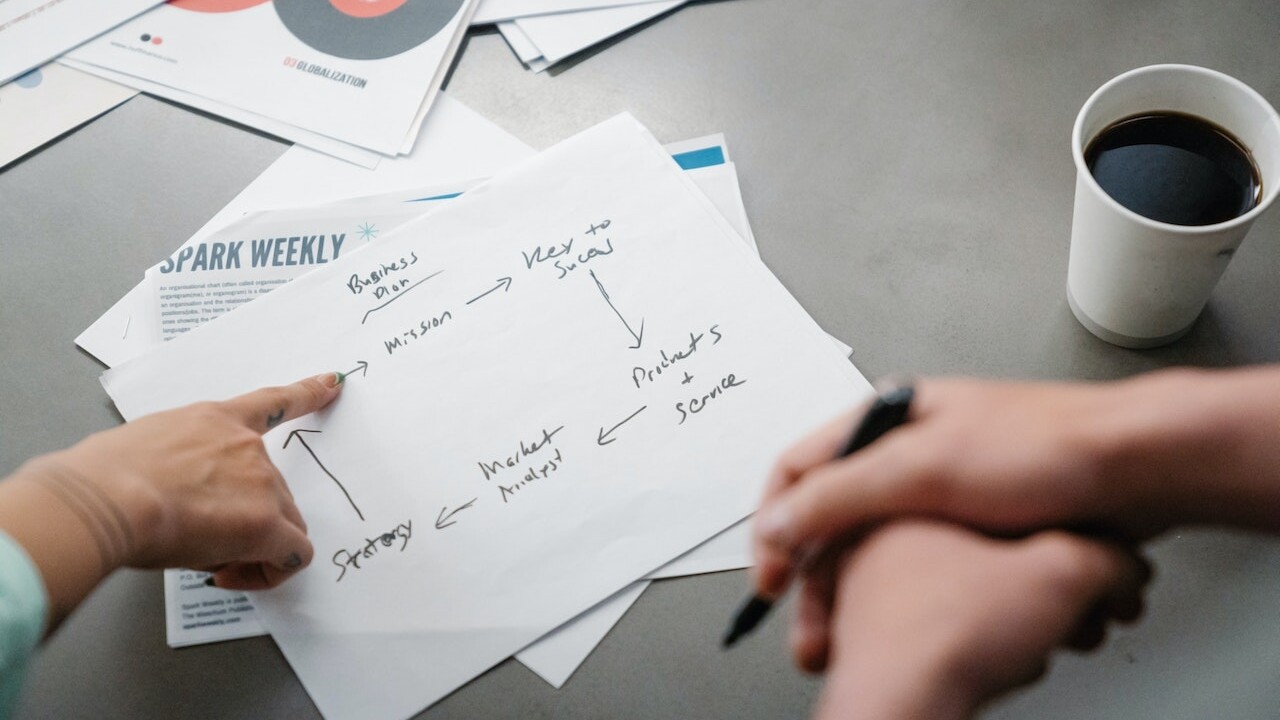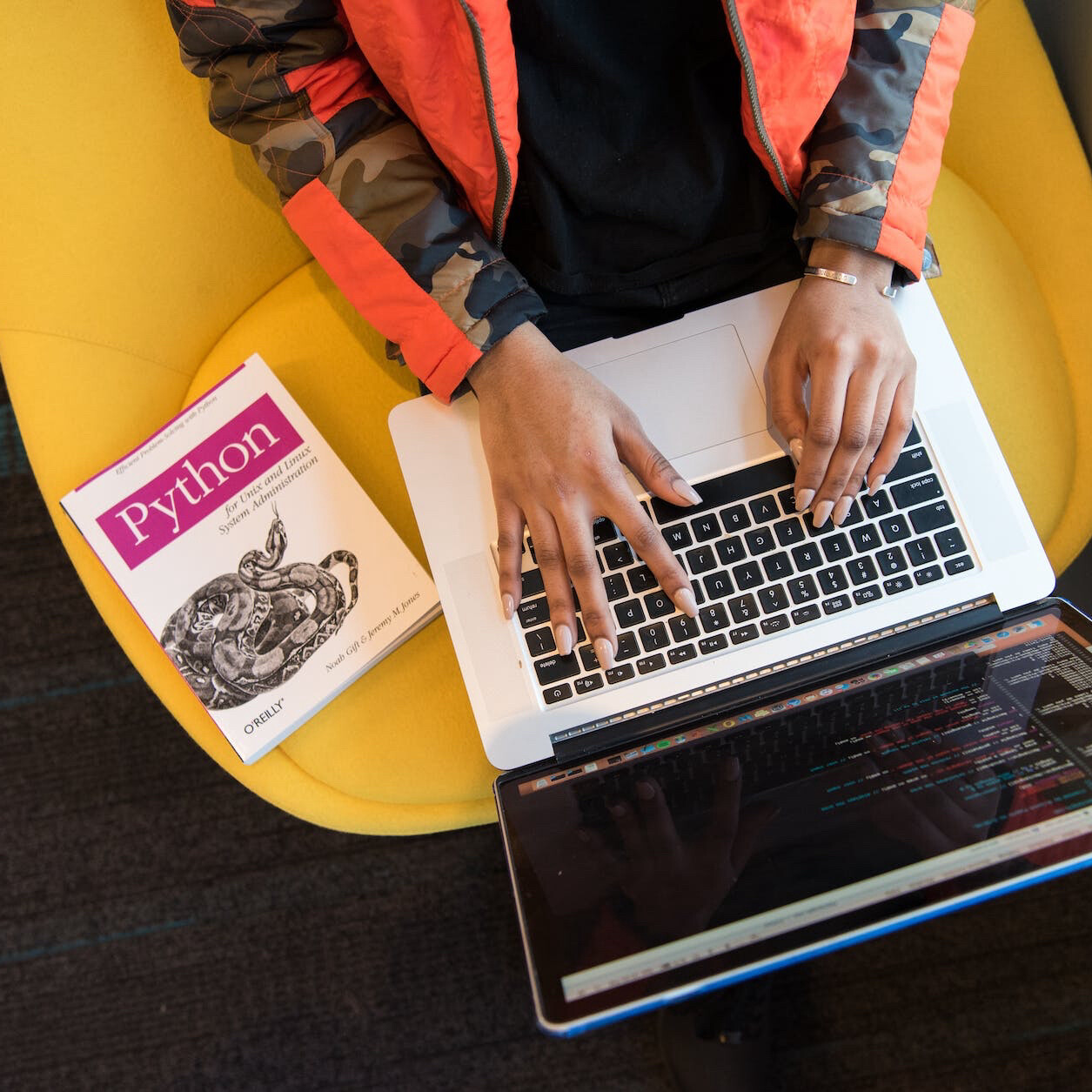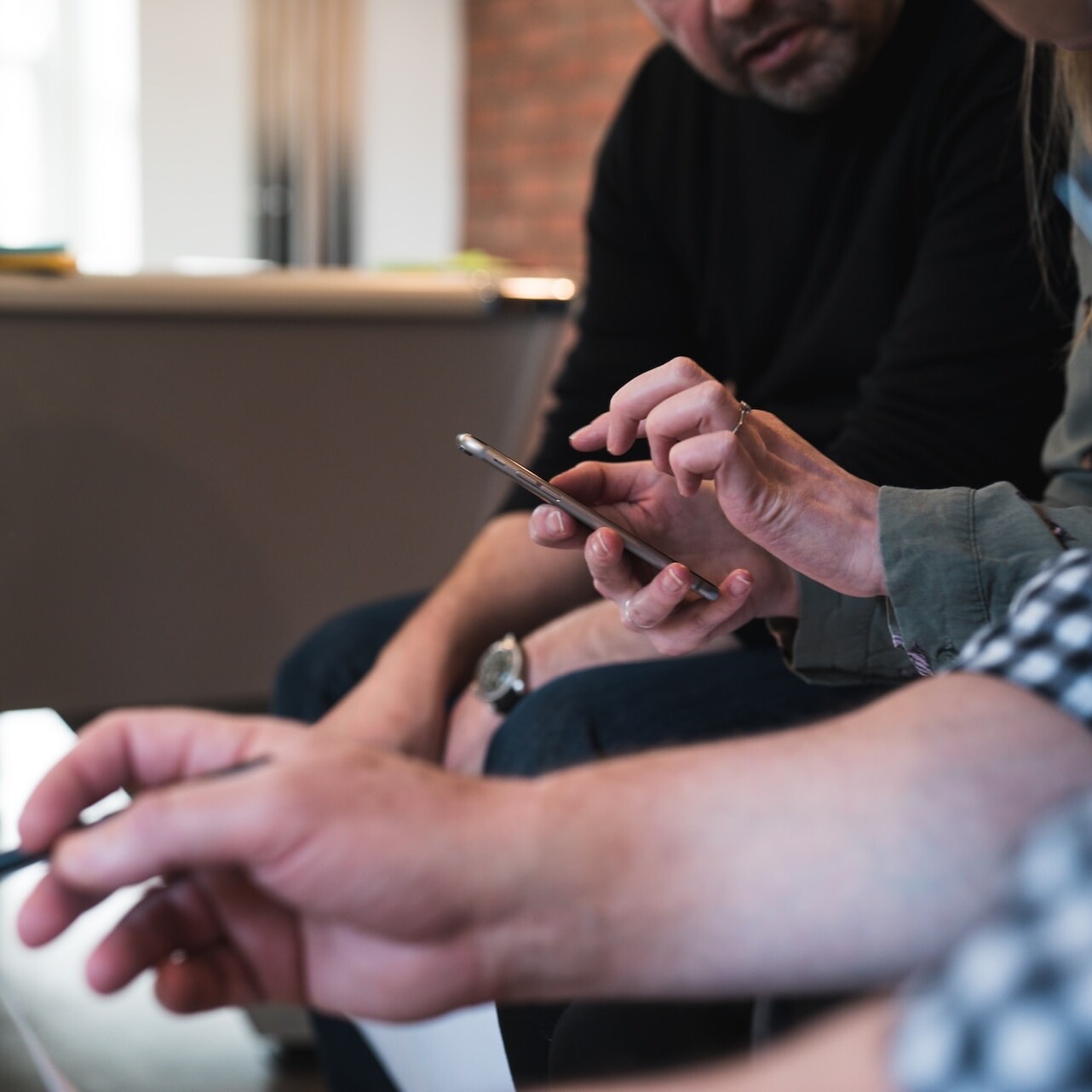Ideally Implementing Visual Design for UX
The visual design directly connects to website usability, which focuses on a website’s aesthetics and all related aspects by strategically implementing specific images, colors, fonts and other components. The best types of visual design stay relevant to the purpose of the website design while complementing the content on the page (or any necessary functions the page must accomplish). Essentially – it is a visual enhancement that strengthens brand engagement.
Some basic visual design elements include lines, shapes, a dynamic color palette, textures, typography and form. All of these elements add depth to an otherwise blank visual canvas, defining lines, drawing the eye in a certain direction, and affecting how a user perceives a designed texture and pattern – even something as seemingly simple as typography can affect the feel within the design and content and can change the perception of the information and brand.
When taking in all this information, businesses are encouraged to remain vigilant about applying those elements. It is essential to note that there must be a balance within the site that avoids a dull or visually paralyzing design. If users perceive that the site is boring or does not draw the eye as it should, the lack of interest will decrease site traffic and engagement. Painting a beautifully minimalistic environment for the viewers’ aesthetic sense and making productive use of available space will increase readability and can be used in a customized layout strategy.
Businesses may consider creating depth and interest by layering and contrasting based on size, color, and layer position. This creates a feel for the dominance of a chosen element and can be an excellent tool if a business wants to highlight a specific section of its website.
Using a different approach, designers can create fluid content throughout their website design, ensuring that users can learn the interface more quickly and speed up the interaction process. The trick to this method is ensuring that there isn’t a direct reproduction of site content and visual UI design to keep the material interesting and keep users engaged and wanting to interact with your brand.
Web usability involves providing the most accessible and easily-used web experience for the user. Providing a lack of ambiguity and presenting content and graphics in a clear, concise and interesting way is the most effective and productive approach for a visual UX designer. A smooth, well-run site is important for the success of a brand – but the visual design may not be ignored.
Next Item
Is Your Brand Ready (Yet)?



